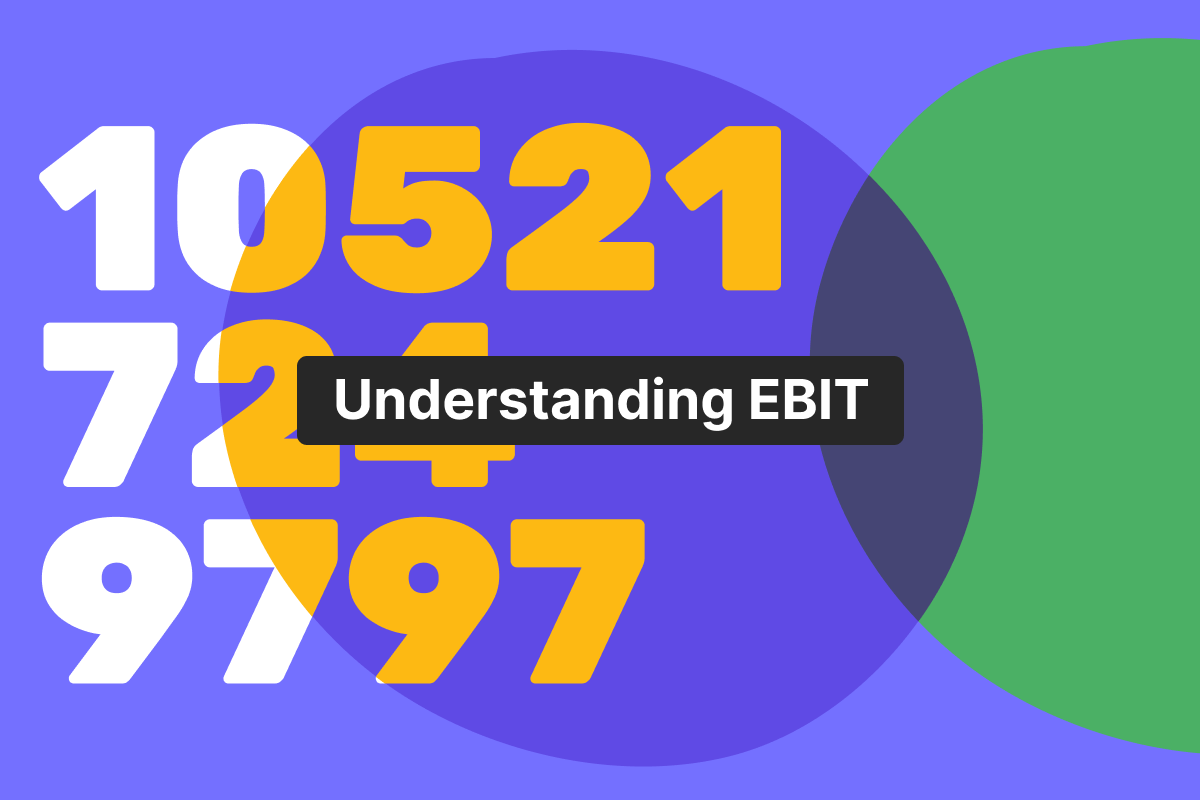Genome Blog / articles / 2020: the year of change for banking and e-commerce
Dec. 16, 2020
2020 – what an impactful year, and challenging, no doubt. Lots of people and businesses had to essentially change the way they operate and go through life. But all the hardships pushed the transformation within many industries – banking and e-commerce included. And as both topics are close to Genome’s heart, we’ve decided to sum up how the events of 2020 influenced these two spheres.
The snowball effect of non-digitalization
In 2008, the global financial crisis shacked not only the financial industry but people’s trust and perception of a traditional banks’ model. This event also pushed some financial professionals to dive into the development of alternatives to brick-and-mortar banks, encouraged by rapidly developing technologies. The crisis signalized the time of change for traditional banks. But the pandemic showed that lots of banks haven’t accomplished one of the main requirements for evolution – digitalization.
The Digital Banking Report, published at the end of 2019, uncovered that only 12% of financial institutions believed they were the “digital transformation leaders”, 25% admitted they were “laggers”, 34% and 30% said they were “fast followers” or “mainstream players” respectively.
Another 2019 study from Accenture revealed similar results: only 12% of analyzed banks were fully committed to the digital transformation, 38% – voiced the desire for change but didn’t demonstrate the corresponding result. The rest 50% didn’t make much progress towards this goal at all.
The lack of digital services among brick-and-mortar banks is something that ultimately pushed people to try out online banking, which we’ll elaborate on in the next section. But in short, not only customers were cut from visiting banking branches due to lockdowns, but many banks got into the situation where they urgently needed to readjust the way the employees can work without branches. Some banks had to lay off their staff and close the branches, others plan to reduce the number of branches to cut the losses.
The consequence for traditional banks
Overall, the pandemic hit the traditional banks’ sphere hard. It is expected, that during 2020-2021 the credit losses of banks globally will amount to $2,1 trillion, compared to $0,6 trillion in 2019. The unfortunate forecasts show that banks are likely to experience the pandemic impact till 2024. First through credit losses, and later because of challenging ongoing operations. The cumulative revenue losses during this period may reach from $1.5 trillion to $4.7 trillion.
As of October 2020, the global payments revenue is estimated to be $140 billion (7%) lower than in 2019, with researches insisting on the need for digitalization among banks.
The relevant sidenote
The establishment of Open Banking is also crucial to 2020, even though the EU’s Revised Payment Services Directive (PSD2) came into force in September of 2019.
We recently had an article on the significance of Online Banking, but in short, this initiative is bound to make financial services more convenient for customers and SMEs. To accomplish that, the Third-Party-Providers (TPPs) are allowed access to the banking data of cardholders through banks, etc.
This means that customers can use Fintechs and neobanks for banking or other finance-related services when they feel that their traditional banks don’t have enough tools for that. Keep in mind, that other countries also followed the EU idea and started working on their versions of Open Banking.
PSD2 also introduced strong customer authentication – a regulatory requirement aimed at reducing the number of fraudulent transactions that online shops deal with. The SCA obliges the double verification of a cardholder when the purchase is made. Our team described how the SCA works in great detail in this article, we advise you to check it out.
Speaking of it, merchants within the European Union had to make certain changes to comply with SCA, as it comes into force on December 31, 2020. Businesses from Great Britain have a lot more time – till 14 September 2021. The original SCA compliance deadline was 14 September 2019 but was extended – first to give merchants more time for preparations and then due to the pandemic.
Fintechs and e-commerce gaining the momentum
After describing the problems the brick-and-mortar banks faced due to the pandemic, it’s easier to see why Fintechs weren’t as vulnerable to the lockdowns. You see, a lot of neobanks and Fintech companies operate without branches and they provide primely online services to their customers, who only need smartphones or computers to access the e-banks.
In March, Europe saw a 72% increase in the usage of Fintech apps, and in July 91% of customers in the US used mobile apps for banking at least once.
As a result, the global Covid-19 Fintech market rapid assessment study, which took a look at 1,385 Fintech companies within 169 jurisdictions, showed that during the first two quarters of 2020, the year-on-year increase in their transaction numbers and volumes grew 13% and 11% respectively on average.
Not only that, but these companies also had to better adjust to their customers’ needs: 60% of them launched a new product or service, and 32% have plans to do so in the future. Another 40% of e-banks have introduced additional cyber-security tools, or in the process of doing it. All in all, neobanks are more tech-savvy and already had favorable preconditions, which allowed them to work in a lockdown-like scenario.
As for e-commerce, the situation here is quite similar to the aforementioned Fintechs. Online shops’ services proved to be very effective for people who were unable to buy unessential foods during the lockdown. Globally, the e-commerce website traffic increased to 22 billion visits in June of this year, compared to 16 billion visits the same month in 2019.
The trend of using the internet for shopping is expected to continue, as some countries experience recurrent lockdown waives, and not all customers are risking going back to physical shops at once.
After the push, this year the global e-commerce market is forecasted to reach $2,405.3 billion, compared to $1,808.5 billion in 2019. Ultimately, the market will get to over $3 billion in 2023. But the online shops should still be cautious, as the uncertain times lead to more fraudulent transactions. Thus, the EU merchants must comply with PSD2, and we also recommend updating your security tools and/or reaching out for help to professionals to prevent fraud and chargebacks from happening.
We at Genome offer Covery anti-fraud platform tools to keep your finances and transactions as safe as possible. And as for those high-in-demand online banking services, Genome has it all: open personal, business, and merchant accounts*, transfer money internationally, accept payments*, and more – all from the comfort of your home.
*Please note that Genome’s merchant services have been temporarily unavailable since September 2024.
You can also pre-order Genome’s cards: our multicurrency virtual cards are perfect for online shopping, while physical debit Visa cards can be used for safe contactless payments around the world. Visit our website for more information about Genome’s services.





